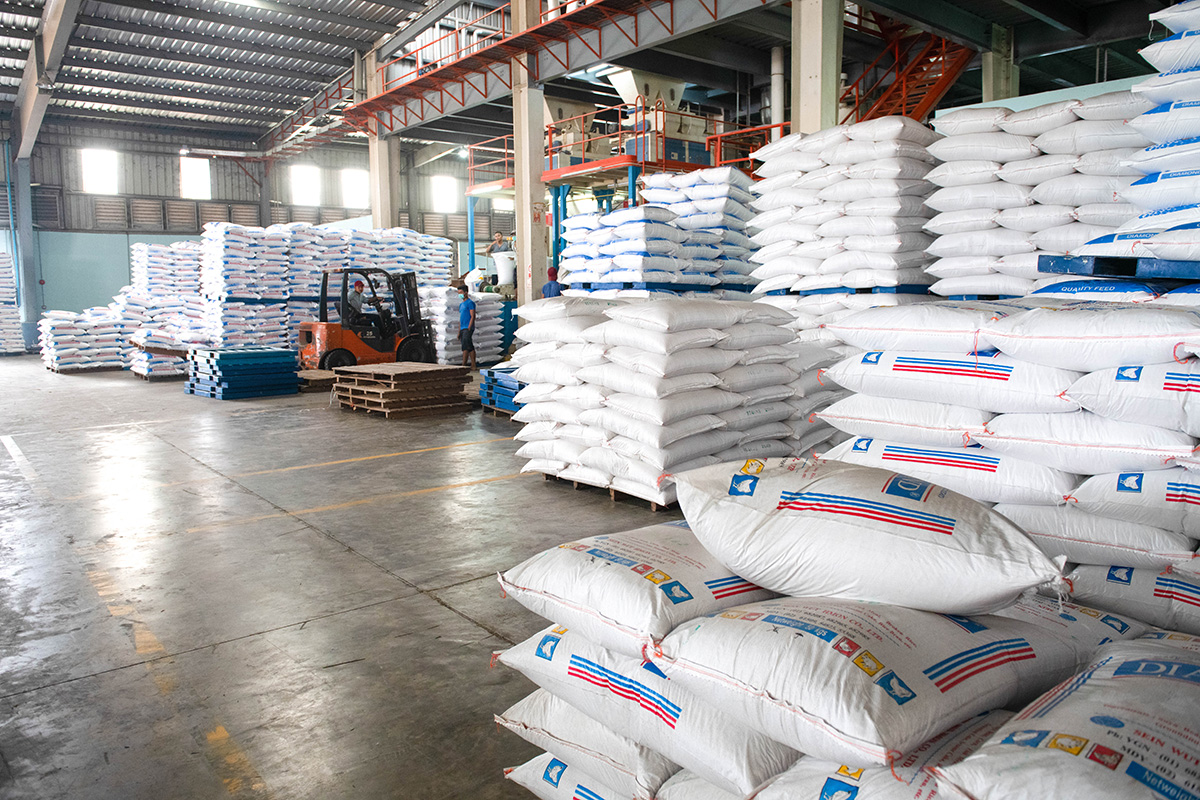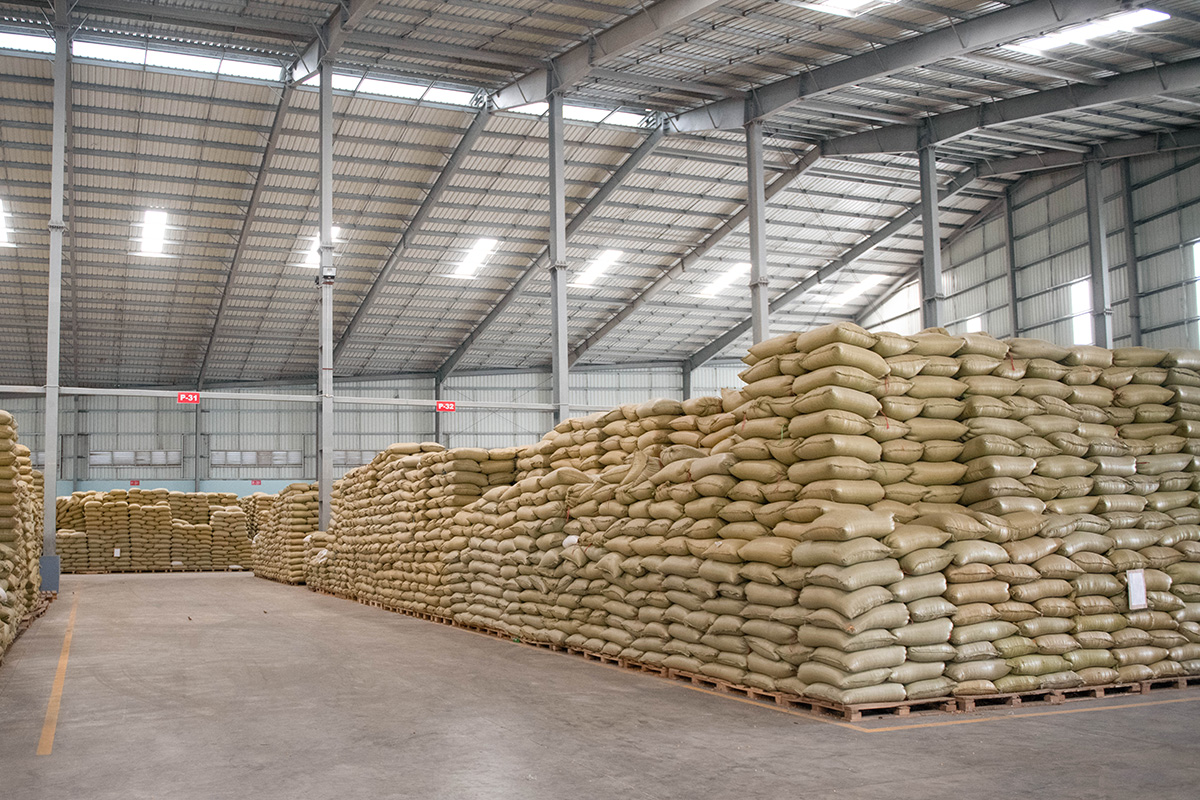
(Photo: Iowa Soybean Association)
December WASDE report: Soybean supply and usage unchanged
December 13, 2022
The U.S. Department of Agriculture (USDA) left most of its crop production and usage estimates unchanged in its December World Agricultural Supply and Demand Estimates (WASDE) report.
Soybean supply and use projections for the 2022/23 marketing years are unchanged from last month.
“Based on a review of EPA's recent proposed rule for renewable fuel obligation targets, soybean oil used for biofuel for 2022/23 is reduced 200 million pounds to 11.6 billion,” the report says. “Soybean oil exports are also reduced on historically low export sales through November. With reduced use of soybean oil for biofuel and exports, food use and ending stocks are raised.”
The U.S. season-average soybean price forecast is unchanged at $14 per bushel. The soybean oil price is reduced by 1 cent per pound to 68 cents. The soybean meal price forecast increased $10 to $410 per short ton.

Total U.S. oilseed production for 2022/23 is forecast at 127.9 million tons, up slightly due to an increase for cottonseed. Soybean supply and use projections for 2022/23 are unchanged from last month. Based on a review of EPA's recent proposed rule for renewable fuel obligation targets, soybean oil used for biofuel for 2022/23 is reduced 200 million pounds to 11.6 billion. Soybean oil exports are also reduced on historically low export sales through November. With reduced use of soybean oil for biofuel and exports, food use and ending stocks are raised.
Global oilseed production for 2022/23 is projected at 644.4 million tons, down 1.2 million from last month. Lower sunflower, rapeseed, palm kernel, and cottonseed production forecasts are partly offset by higher soybean output.
The global soybean outlook includes higher production, exports and ending stocks. Production is raised on higher output for India and Ukraine. Exports are raised slightly as higher shipments for Argentina are partly offset by lower exports for Canada and Paraguay. With global crush relatively unchanged, ending stocks are raised 0.5 million tons to 102.7 million.
Back